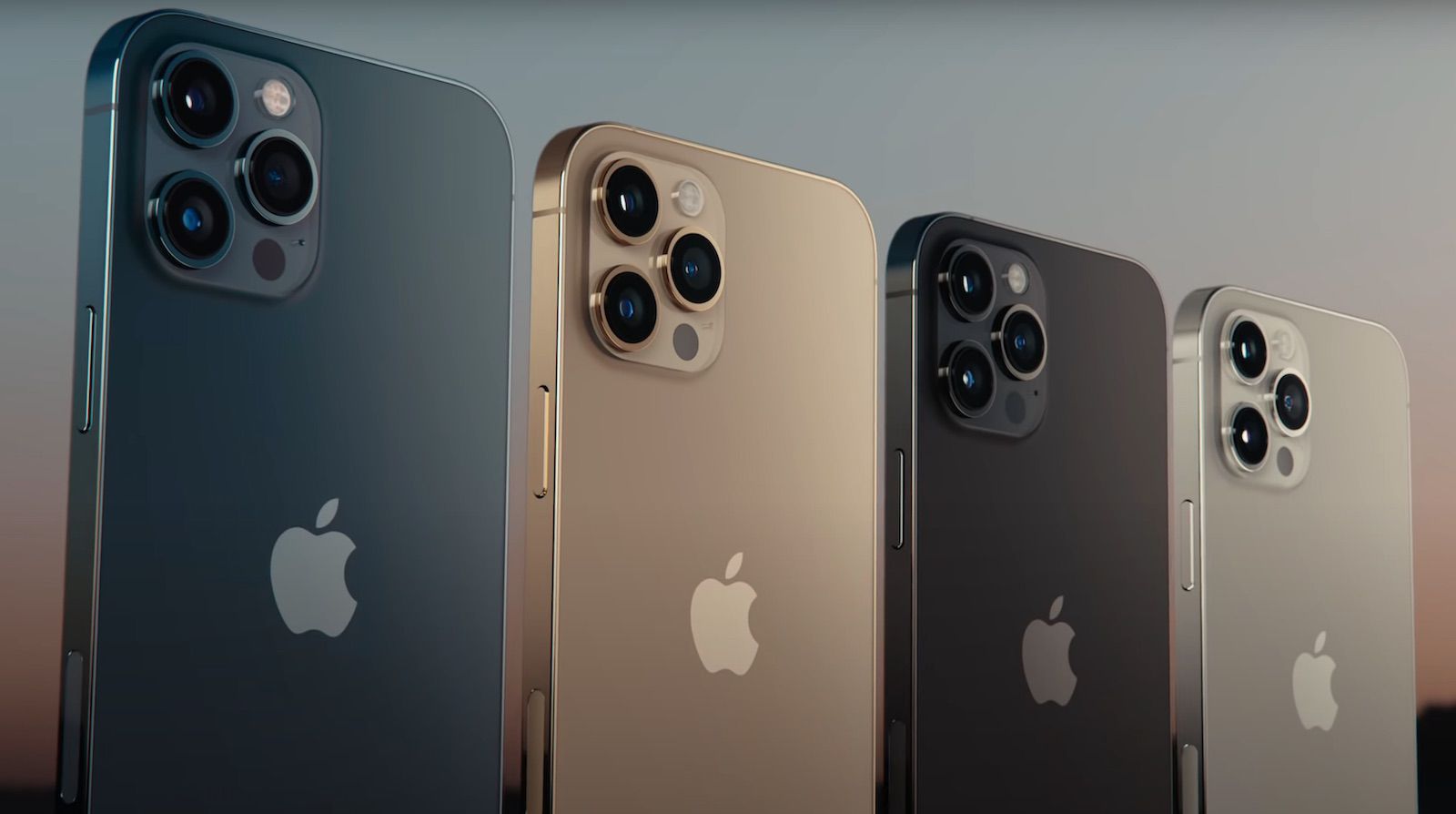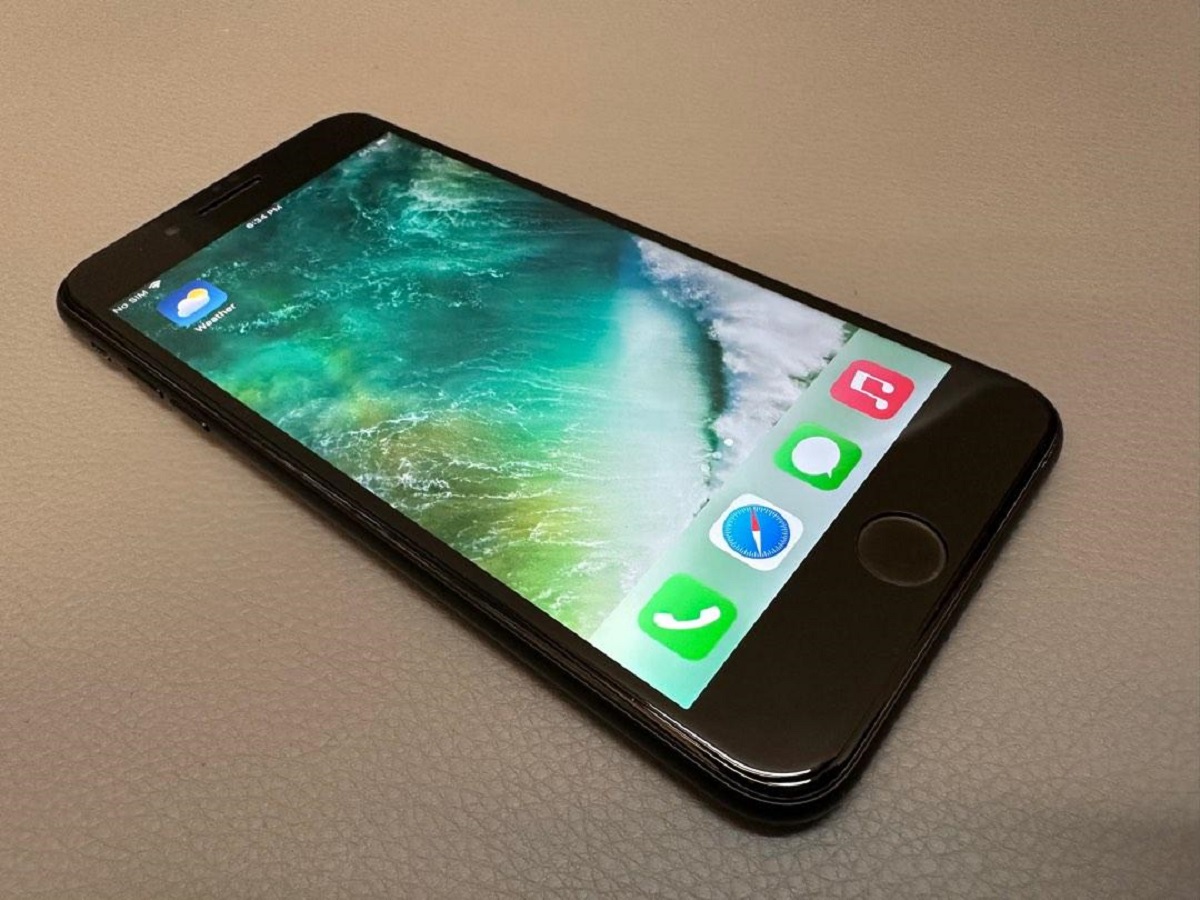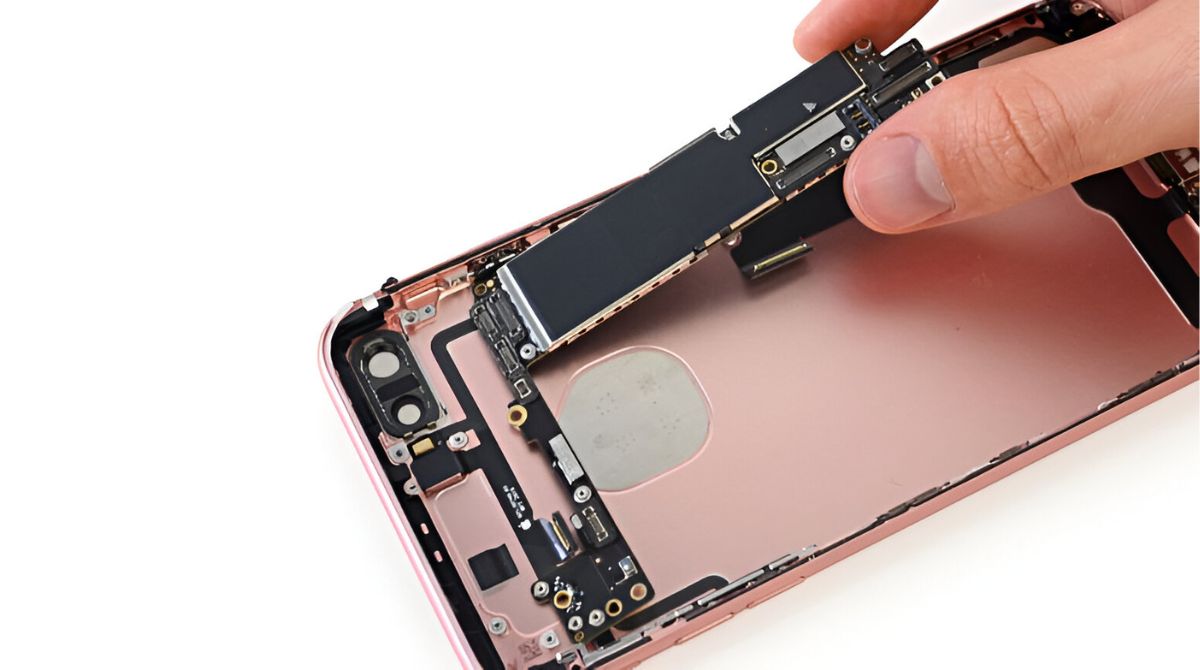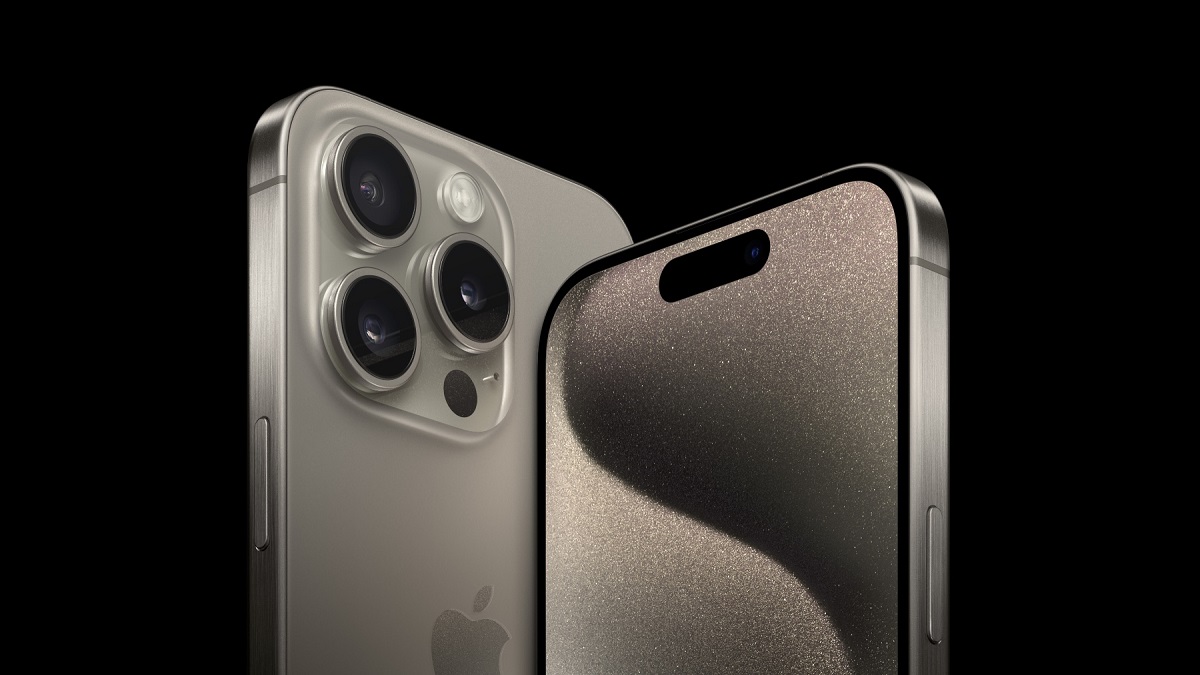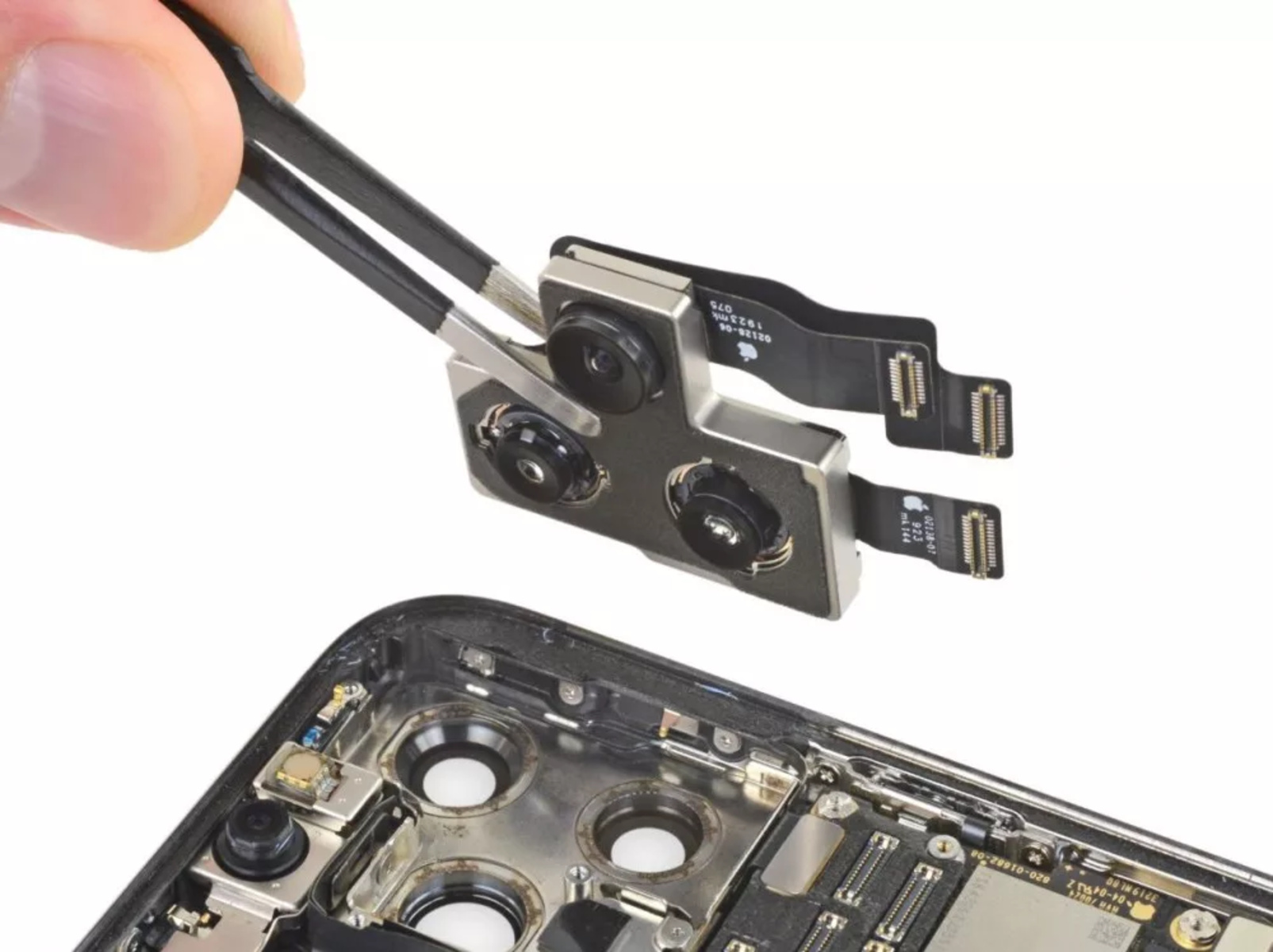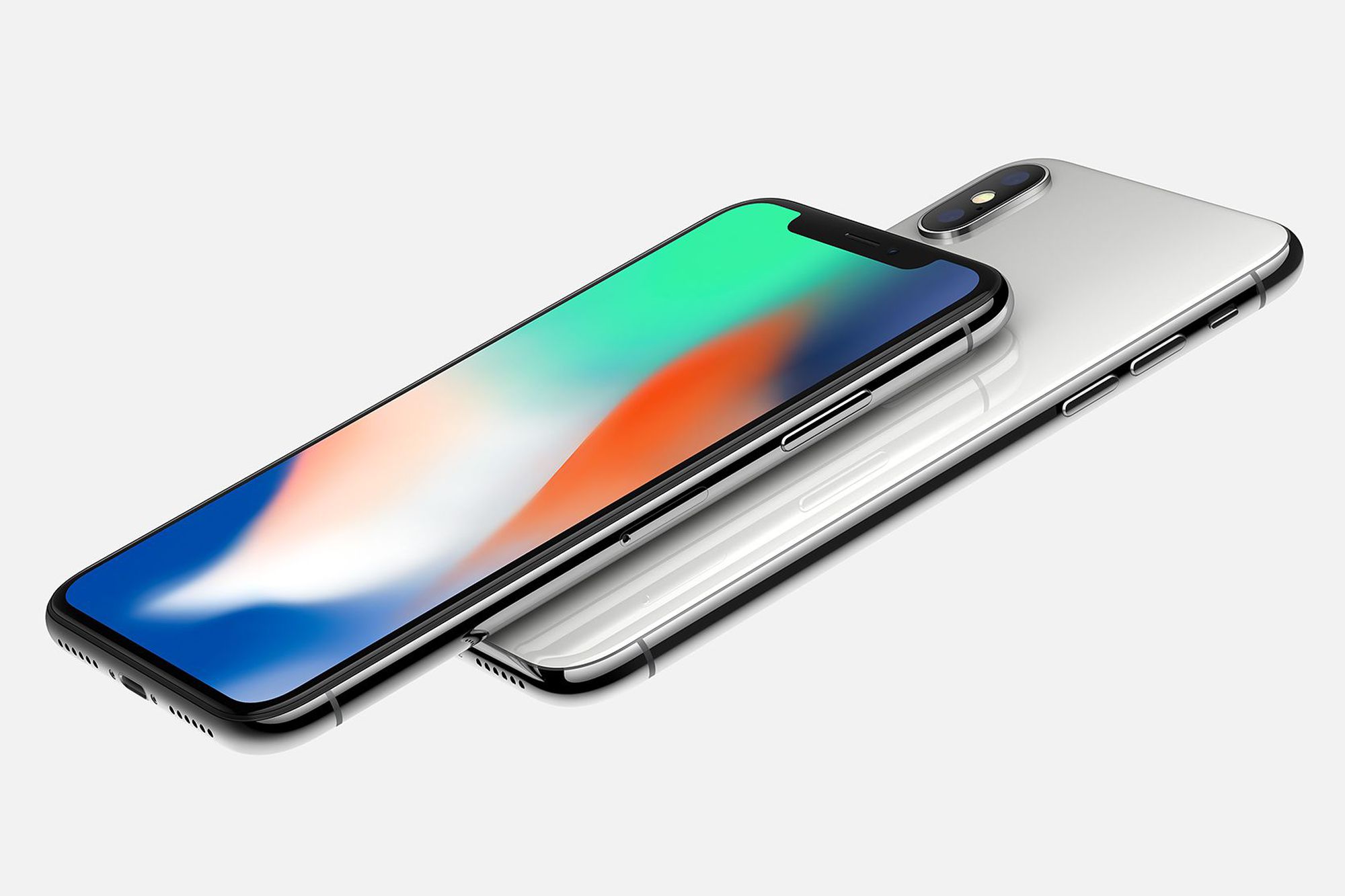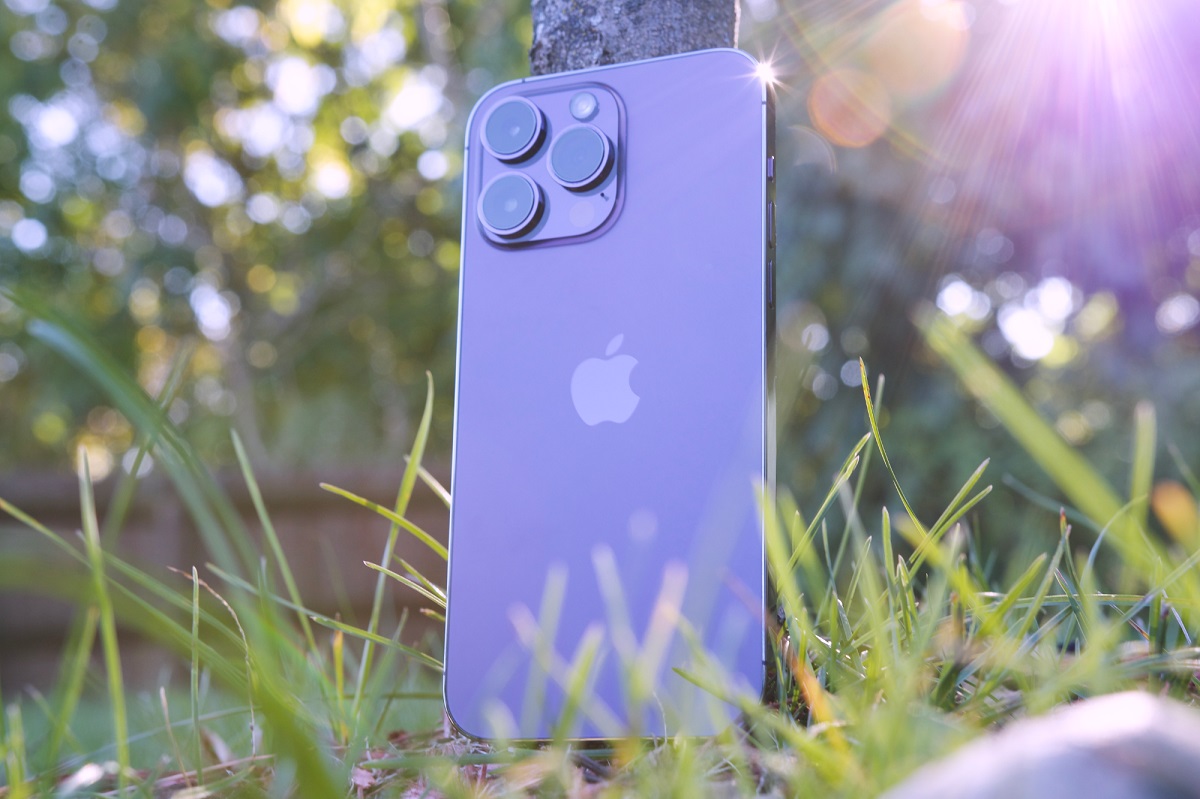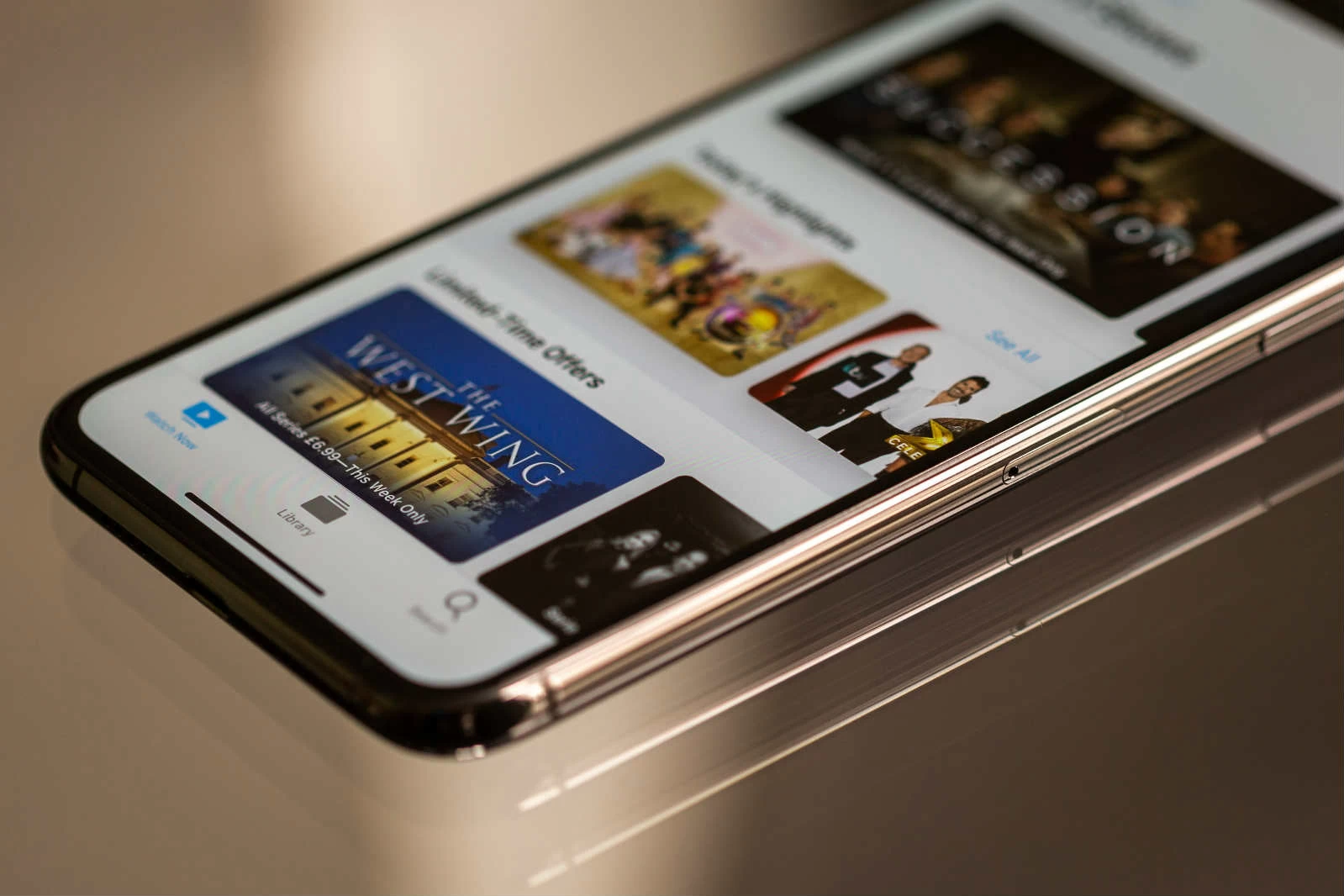Introduction
When it comes to smartphones, Apple’s iPhone remains a global leader in terms of innovation and performance. One crucial component that plays a significant role in the overall functionality of an iPhone is its RAM (Random Access Memory). While most users are familiar with this term, they often wonder how much RAM is actually present in an iPhone, and how it affects the device’s performance.
RAM is essentially the short-term memory of a smartphone, allowing it to handle multiple tasks simultaneously. It is responsible for storing and accessing data that is currently in use by running apps and processes. The more RAM a device has, the better its ability to handle complex operations and run intensive applications without slowdowns or crashes.
Over the years, the amount of RAM in iPhones has steadily increased to keep up with the growing demands of modern apps and features. Apple carefully chooses the amount of RAM in each iPhone model, considering factors such as power efficiency and overall system optimization.
Understanding how much RAM is in an iPhone can help users make informed decisions when choosing a device that suits their needs. In this article, we will explore the evolution of iPhone RAM, delve into specific iPhone models, and uncover how much RAM is present in each one.
RAM Explained
Before diving into the specifics of iPhone RAM, let’s have a brief overview of what RAM is and how it functions. RAM, or Random Access Memory, is a type of computer memory that allows data to be accessed quickly by the device’s processor. It is different from a device’s permanent storage, such as internal storage or an external memory card.
When you open an app or perform any task on your iPhone, the operating system loads the necessary data from the storage into the RAM. This allows the processor to quickly access the data and execute the task effectively. In simpler terms, RAM acts as a short-term workspace for your device, providing fast and temporary storage for the data that needs to be actively used.
Having an adequate amount of RAM is crucial for the smooth functioning and performance of a smartphone. Insufficient RAM can result in lag, slow app loading times, and frequent app crashes. On the other hand, having more RAM enables the device to handle multiple apps and tasks simultaneously without hesitation.
It’s important to note that RAM is different from the device’s storage capacity, which represents the total amount of data the device can hold. While higher storage capacity allows you to store more files, RAM determines how efficiently your device can handle tasks and execute them in real-time.
Additionally, the type and speed of RAM also play a role in the overall performance of a device. Newer generations of RAM, such as LPDDR5, offer faster data transfer rates and lower power consumption, which results in improved efficiency and better battery life.
Now that we have a basic understanding of RAM and its importance, let’s explore how the RAM capacity has evolved in various iPhone models over the years.
The Evolution of iPhone RAM
As technology advanced and user demands increased, Apple has made significant strides in improving the RAM capacity of iPhones over the years. Let’s take a look at the evolution of iPhone RAM since the early days of the device.
When the original iPhone was released in 2007, it featured a mere 128MB of RAM. At that time, it was considered adequate for the capabilities of the device, which mainly focused on basic phone functions and limited app usage.
With the launch of the iPhone 3G in 2008, Apple doubled the RAM capacity to 256MB. This increase allowed for improved multitasking and smoother app performance.
In 2010, the iPhone 4 was introduced with a significant bump in RAM to 512MB. This upgrade enhanced the device’s overall speed and performance, allowing for better multitasking and handling more resource-intensive apps.
The iPhone 5, released in 2012, maintained the same 1GB of RAM as the iPhone 4S. However, Apple optimized the software and hardware to ensure efficient usage of the available RAM, resulting in improved performance and smooth multitasking capabilities.
Apple made a significant leap with the iPhone 6, launched in 2014, which boasted 1GB of RAM. This increase in RAM allowed for enhanced performance and smoother app animations, along with improved multitasking capabilities.
The iPhone 7, released in 2016, saw another leap in RAM to 2GB. This upgrade enabled better multitasking, faster app loading times, and improved overall performance.
Since then, Apple has consistently increased the RAM capacity in its flagship iPhone models. The iPhone 8, iPhone X, and iPhone XR all featured 3GB of RAM, offering improved multitasking, smoother app performance, and better handling of resource-intensive tasks.
In 2019, Apple introduced the iPhone 11 series, which included the standard iPhone 11, iPhone 11 Pro, and iPhone 11 Pro Max. These models introduced a bigger leap in RAM capacity, with the standard iPhone 11 having 4GB of RAM, while the Pro models came with 6GB. This increase in RAM further elevated the devices’ performance capabilities, allowing for seamless multitasking, faster app switching, and smooth gaming experiences.
Continuing the trend, the iPhone 12 series, launched in 2020, features varying amounts of RAM. The standard iPhone 12 and iPhone 12 Mini come with 4GB of RAM, while the iPhone 12 Pro and iPhone 12 Pro Max boast 6GB of RAM. This increase ensures optimal performance for demanding tasks and resource-intensive applications.
It’s clear that Apple has made significant progress in improving the RAM capacity of iPhones over the years, enabling better multitasking, improved app performance, and a smoother user experience. With each new release, Apple continues to push the boundaries of what’s possible on a smartphone, ensuring that users have the power they need at their fingertips.
How Much RAM is in an iPhone?
The amount of RAM in an iPhone varies depending on the specific model. Apple carefully determines the RAM capacity for each device, considering factors such as power efficiency, overall system optimization, and the capabilities of the hardware and software working together harmoniously.
Currently, the RAM capacity in iPhones ranges from as low as 2GB to as high as 6GB in the latest flagship models. However, it’s essential to note that Apple’s iOS operating system is designed to be highly efficient, making more efficient use of available RAM compared to some other platforms.
Let’s break down the RAM capacity in some of the recent iPhone models:
- iPhone 12 series: The standard iPhone 12 and iPhone 12 Mini come with 4GB of RAM, providing a solid performance for everyday tasks and demanding applications. The iPhone 12 Pro and iPhone 12 Pro Max, on the other hand, are equipped with 6GB of RAM, offering even greater performance for intense multitasking and resource-intensive tasks.
- iPhone 11 series: The standard iPhone 11 comes with 4GB of RAM, while the higher-end iPhone 11 Pro and iPhone 11 Pro Max models have 6GB of RAM. This increased RAM capacity allows for smooth multitasking, faster app switching, and improved overall performance.
- iPhone X series: The iPhone X, iPhone XS, and iPhone XS Max all have 4GB of RAM, ensuring seamless performance for everyday usage and intensive tasks. These devices can handle a wide range of apps and games with ease.
- iPhone SE (2020): The second-generation iPhone SE comes with 3GB of RAM, which provides a strong performance for most tasks and applications. The combination of the A13 Bionic chip and the optimized iOS system allows for smooth multitasking, fast app launches, and efficient performance.
It’s important to remember that while having more RAM generally translates into better performance and multitasking capabilities, Apple’s devices are optimized to provide exceptional performance even with relatively lower RAM capacities compared to some Android counterparts.
Ultimately, the RAM capacity in an iPhone depends on the specific model, and Apple’s focus on hardware-software integration ensures that the device operates efficiently and smoothly, providing a seamless user experience.
RAM in the iPhone 12 Series
The iPhone 12 series, released in 2020, offers powerful performance and a range of exciting features. Let’s take a closer look at the RAM capacity in the different models of the iPhone 12 lineup:
- iPhone 12: The standard iPhone 12 comes with 4GB of RAM. This capacity provides a smooth and efficient user experience, allowing for seamless multitasking, fast app switching, and smooth performance across a wide range of applications and tasks.
- iPhone 12 Mini: Just like the iPhone 12, the iPhone 12 Mini also comes with 4GB of RAM. Despite its smaller size, this device does not compromise on performance and delivers the same level of smooth multitasking and seamless app transitions as its larger counterparts.
- iPhone 12 Pro and iPhone 12 Pro Max: The iPhone 12 Pro and iPhone 12 Pro Max are the flagship models of the iPhone 12 series. These devices take performance to the next level, thanks to their impressive 6GB of RAM. The higher RAM capacity ensures superior multitasking capabilities, faster app loading times, and seamless performance even when running demanding, resource-intensive applications.
With the RAM configurations in the iPhone 12 series, users can expect exceptional performance and responsiveness. Whether it’s smooth multitasking, quick app launches, or effortless gaming experiences, the iPhone 12 series is designed to handle it all with ease.
It’s worth mentioning that Apple’s integration of hardware and software allows for efficient resource management, ensuring that even devices with lower RAM capacities offer remarkable performance. The combination of the powerful A14 Bionic chip and optimized iOS system allows the iPhone 12 series to deliver a seamless user experience even with varying RAM configurations.
Overall, the RAM capacity in the iPhone 12 series is meticulously chosen to provide users with excellent performance and a fluid user experience, regardless of which specific model they choose.
RAM in the iPhone 11 Series
The iPhone 11 series, released in 2019, introduced powerful features and enhancements. Let’s delve into the RAM configurations of the various models within the iPhone 11 lineup:
- iPhone 11: The standard iPhone 11 comes with 4GB of RAM. This generous amount of RAM allows for smooth multitasking, faster app launches, and a seamless user experience. Whether you’re browsing the web, playing games, or using resource-intensive apps, the iPhone 11 can handle it with ease.
- iPhone 11 Pro and iPhone 11 Pro Max: The iPhone 11 Pro and iPhone 11 Pro Max models take performance further with a remarkable 6GB of RAM. This increased RAM capacity ensures superior multitasking capabilities, smoother performance, and faster app switching. With the iPhone 11 Pro and Pro Max, users can expect a seamless experience when running demanding applications and performing intensive tasks.
The iPhone 11 series boasts impressive RAM configurations that contribute to its overall performance and responsiveness. With ample RAM, these devices can handle multitasking seamlessly and run resource-intensive applications without compromising performance.
It is worth noting that Apple’s ecosystem is known for its efficient memory management. The optimized integration of hardware and software in the iPhone 11 series allows for efficient utilization of available RAM, ensuring a smooth user experience even with varying RAM configurations.
Whether you opt for the standard iPhone 11 or the more advanced iPhone 11 Pro and Pro Max models, the RAM capacity in the iPhone 11 series is designed to meet the demands of modern apps and provide a seamless user experience.
RAM in the iPhone X Series
The iPhone X series, which includes the iPhone X, iPhone XS, and iPhone XS Max models, brought significant advancements in performance and design. Let’s explore the RAM configurations of these devices:
- iPhone X: The iPhone X introduced a significant increase in RAM compared to its predecessors, with 3GB of RAM. This upgrade allowed for improved multitasking capabilities, faster app loading times, and smoother overall performance. Users could seamlessly navigate between apps and enjoy a fluid user experience.
- iPhone XS and iPhone XS Max: The iPhone XS and iPhone XS Max maintained the same 4GB of RAM as the iPhone X. This RAM capacity was ample for handling demanding applications, running resource-intensive tasks, and ensuring smooth multitasking without any lag or slowdowns.
Despite having relatively lower RAM capacity compared to some other flagship smartphones, the iPhone X series devices delivered exceptional performance thanks to Apple’s optimization between hardware and software.
Apple’s iOS ecosystem is known for its efficient resource management, which allows iPhones with lower RAM capacities to perform on par with devices featuring higher RAM. The integration of Apple’s powerful A11 Bionic chip, in conjunction with the optimized iOS system, makes the iPhone X series devices highly responsive and capable of handling a wide range of tasks and applications.
Whether you opted for the sleek iPhone X or the larger-sized iPhone XS and iPhone XS Max, you could count on their respective RAM capacities to offer an immersive and uninterrupted user experience.
Overall, the RAM configurations in the iPhone X series strike a balance between power and efficiency, delivering impressive performance for various tasks and applications. Apple’s careful optimization ensures a seamless user experience, even with relatively lower RAM capacities.
RAM in the iPhone SE
The iPhone SE, released in 2020, offers a compact design paired with capable hardware. Let’s explore the RAM capacity of the iPhone SE:
- iPhone SE (2020): The second-generation iPhone SE comes with 3GB of RAM. This RAM capacity ensures a smooth user experience with fast app launches, efficient multitasking, and reliable performance. Whether you’re browsing the web, streaming videos, or playing games, the iPhone SE can handle it with ease.
While the RAM capacity of the iPhone SE may be lower compared to some other devices, Apple’s optimization efforts ensure efficient resource management and smooth performance. The combination of the powerful A13 Bionic chip and the optimized iOS system allows the iPhone SE to deliver a seamless user experience.
Apple carefully balances hardware and software capabilities, ensuring that the iPhone SE offers competent performance despite its lower RAM capacity. The combination of the A13 Bionic chip, GPU, and Neural Engine allows the device to handle a wide range of applications and tasks efficiently.
Whether you prioritize portability or affordability, the iPhone SE provides a reliable and capable experience with its optimized RAM configuration.
With 3GB of RAM, the iPhone SE strikes a balance between performance and efficiency, making it a suitable option for users who seek a smaller form factor without compromising on capabilities.
RAM in Older iPhone Models
Before the iPhone X series, Apple introduced several older iPhone models, each with its own RAM configuration. Let’s take a look at the RAM capacities of some of these older iPhone models:
- iPhone 8 and iPhone 8 Plus: Both the iPhone 8 and iPhone 8 Plus are equipped with 2GB of RAM. Despite this relatively lower RAM capacity, Apple’s optimization between hardware and software ensures smooth performance and efficient multitasking capabilities.
- iPhone 7 and iPhone 7 Plus: The iPhone 7 and iPhone 7 Plus come with 2GB of RAM. These devices deliver competent performance, handling everyday tasks and most applications with ease. The optimized iOS system helps maximize the efficiency of the RAM, resulting in responsive performance.
- iPhone 6s and iPhone 6s Plus: The iPhone 6s and iPhone 6s Plus have 2GB of RAM. While this RAM capacity might be considered lower by today’s standards, these devices can still handle general tasks, such as browsing, messaging, and casual gaming, without significant performance issues.
It’s important to note that the RAM capacities of older iPhone models were carefully designed to meet the requirements of the time. Apple’s emphasis on software optimization ensures that these devices perform well despite having lower RAM capacities compared to newer models.
Apple’s efficient integration of hardware and software allows iPhones with lower RAM to deliver competent performance. From app launches to multitasking, these older iPhone models provide a smooth user experience that remains reliable and suitable for most users.
While newer iPhone models may offer higher RAM capacities to handle more demanding tasks and intensive applications, the older iPhone models still offer capable performance for everyday use and many popular applications.
Overall, the RAM capacities in older iPhone models strike a balance between cost, performance, and efficiency, ensuring a reliable user experience for those who opt for these devices.
Conclusion
The RAM capacity in an iPhone plays a crucial role in determining the device’s performance and multitasking capabilities. Apple has been diligent in optimizing the RAM configurations of its iPhones to ensure an efficient user experience.
Over the years, iPhones have seen a steady increase in RAM capacity, with the latest flagship models offering up to 6GB of RAM. However, it’s important to note that even iPhones with lower RAM capacities, such as 2GB or 3GB, continue to deliver impressive performance thanks to Apple’s software optimization.
Whether you have the latest iPhone model or an older device, Apple’s integration of hardware and software ensures a seamless user experience. The efficient utilization of available RAM, combined with powerful processors and optimized operating systems, allows iPhones to handle a wide range of tasks and applications with ease.
When choosing an iPhone, understanding the RAM capacity can be helpful in deciding which model suits your needs best. Higher RAM capacities offer enhanced multitasking capabilities, faster app loading times, and smoother overall performance, making them ideal for power users and those who frequently use resource-intensive applications.
It’s worth noting that the RAM capacity is just one aspect of an iPhone’s overall performance. Apple’s ecosystem is known for its efficient memory management, making iPhones with lower RAM capacities perform exceptionally well.
In conclusion, Apple continues to refine and optimize the RAM capacity of its iPhones to provide users with a seamless and efficient user experience. Whether you opt for the latest flagship model or an older iPhone, rest assured that Apple’s careful consideration of RAM ensures reliable performance and capable multitasking capabilities for all users.







